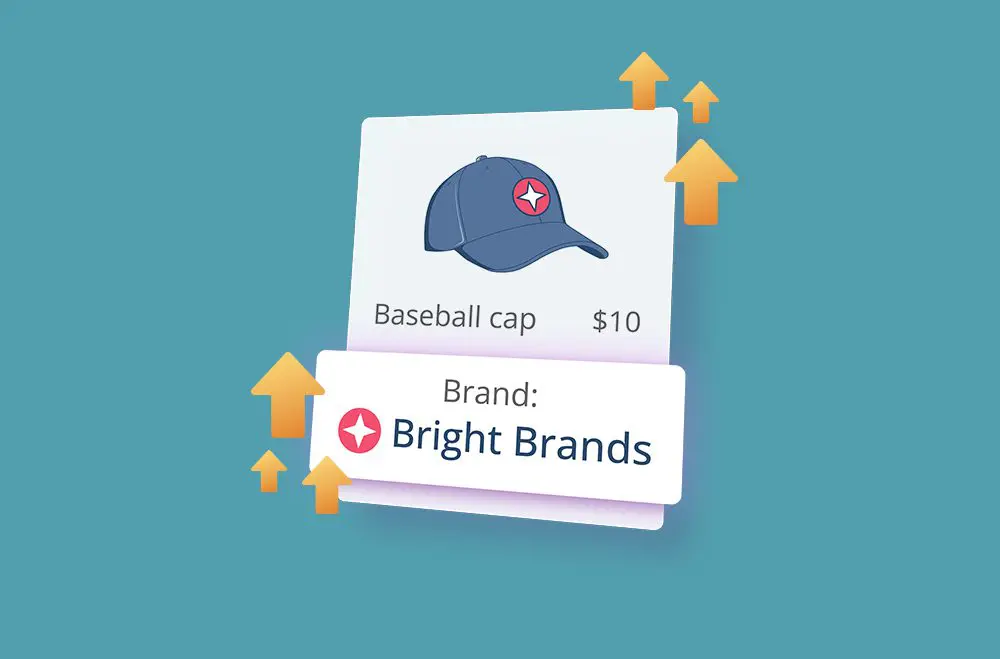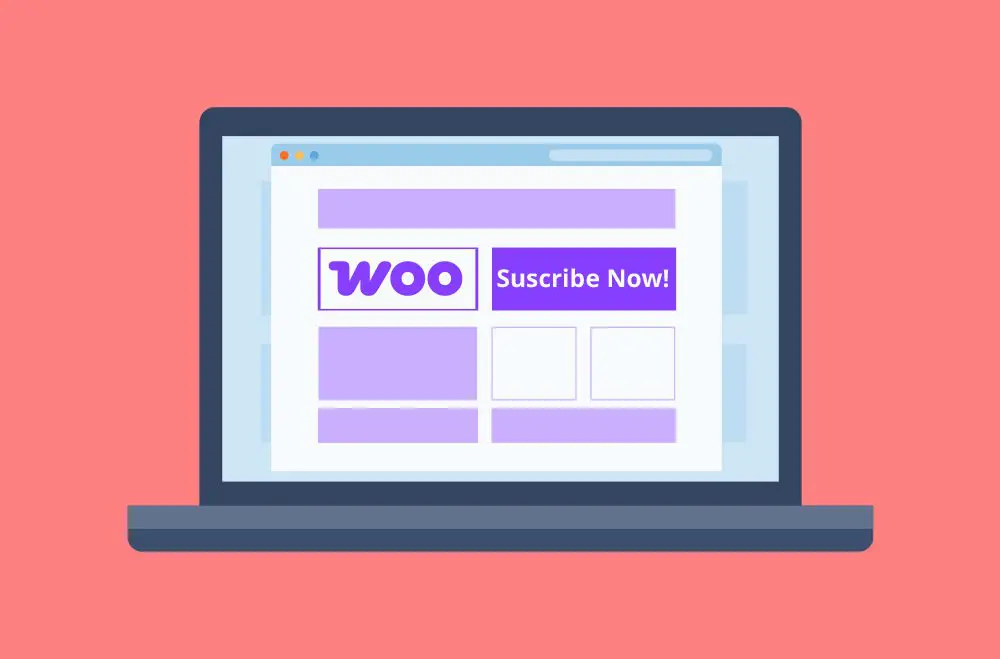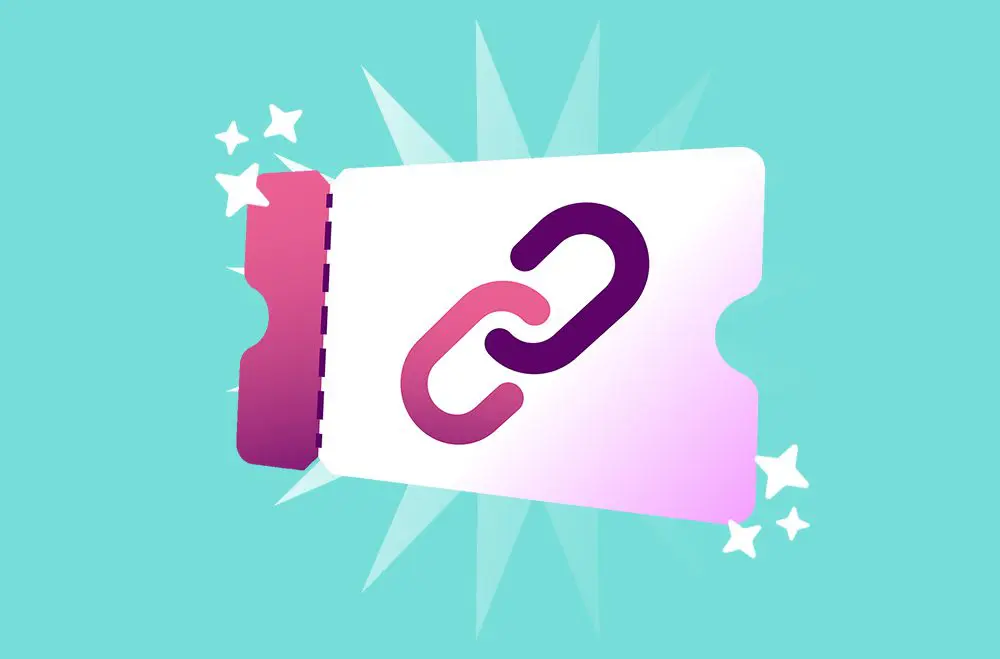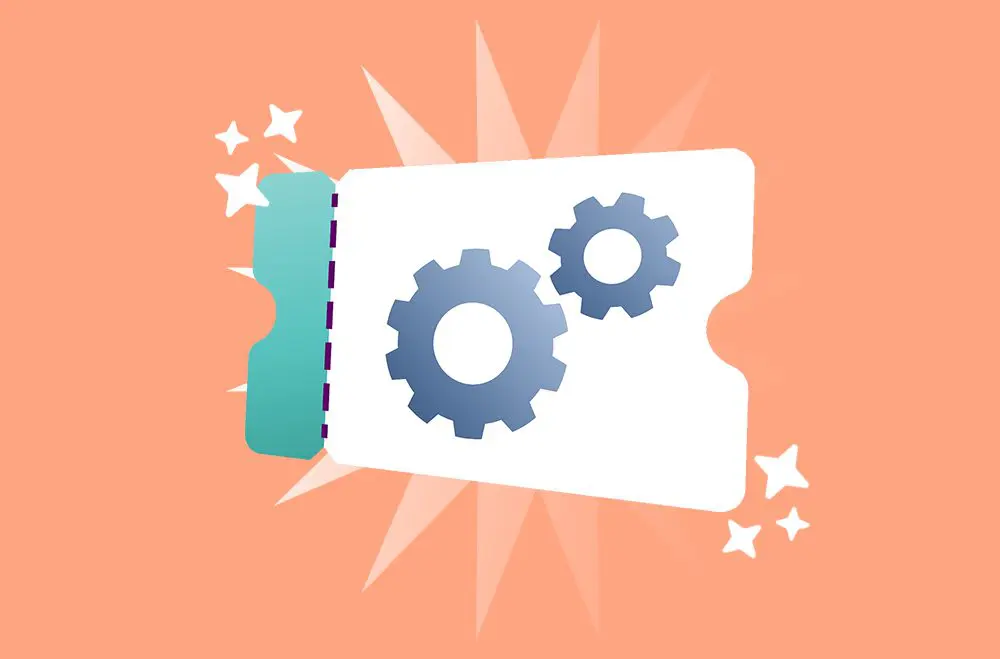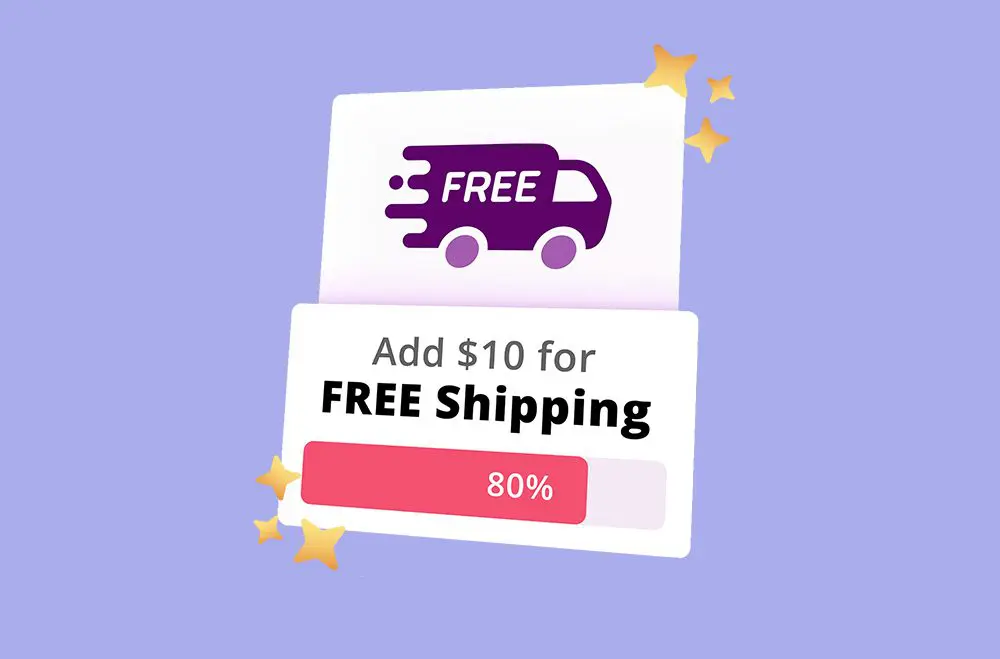
Product images play an important role in customer decision-making in online shopping. WooCommerce's default setup typically allows one image per product variation, which may leave customers wanting more visual information. This can sometimes lead to uncertainty and hesitation during the purchasing process. Adding additional variation images can help address this by providing customers with more comprehensive visual details.
By displaying multiple images for each product variation, such as different angles, close-ups, or texture shots, store owners can help customers better understand what they're purchasing. This approach may help reduce uncertainty and improve customer satisfaction. In this guide, we'll explore the process of adding extra variation images in WooCommerce and discuss various plugin options that can facilitate this functionality.
The data suggests that additional product variation images generally enhance the shopping experience by:
However, the increase in returns warrants investigation. This could indicate that while customers are more likely to purchase, the additional images might reveal product details that can lead to more returns, or there could be quality/expectation mismatches. The overall trend appears positive for customer experience metrics, though the return rate issue should be addressed through better product photography standards or more accurate product descriptions.
Many customers rely heavily on product images when making online purchases. WooCommerce's default approach of one image per variation may not always meet modern shopping expectations, particularly for products with color, size, or material variations. Today's shoppers often prefer to see multiple angles, lifestyle images, and detailed views before purchasing.
Adding extra images for each variation can create a more transparent shopping experience. When customers can view multiple aspects of a product, they may feel more confident about their purchase decisions. This enhanced visibility can help reduce post-purchase surprises and improve customer satisfaction.
Potential Benefits of Multiple Variation Images:
When additional variation images are implemented, each product variation can have a dedicated image gallery. For example, if you sell t-shirts in red, blue, and green, you can upload different images for each color. When a customer selects a variation, the main product image updates, and the gallery refreshes to show relevant photos for that specific option.
This creates an interactive browsing experience where customers can view relevant images for their selected variation. Instead of imagining what a product might look like, they can browse through multiple photos before deciding. This functionality works across desktop and mobile devices, though implementation quality may vary depending on the solution chosen.
What Typically Happens When a Customer Selects a Variation:
Additional variation images can benefit various online stores, particularly those where visual details influence buying decisions. Fashion, beauty, furniture, and accessory retailers often find this functionality helpful, as customers in these industries typically want to see different angles, close-ups, or lifestyle photos for each product variation.
Beyond aesthetics, extra images can help highlight subtle product differences that text descriptions alone might not convey effectively. Detailed images can give customers additional context for purchasing decisions, such as a texture change, design element, or fit variation.
Industries That Often Benefit from Additional Variation Images:
When selecting a plugin for this functionality, it's important to consider features that will provide a good user experience while maintaining site performance. A quality plugin should allow multiple images per variation while ensuring reasonable loading times, responsive design, and compatibility with existing themes and tools.
Important Features to Consider:
Technical Considerations:
Before implementing additional variation images, consider your hosting environment's capabilities, image optimization practices, and mobile performance. Large image galleries can impact page loading speeds if not properly managed.
Several plugins are available to add this functionality to WooCommerce stores. Each offers different features and approaches to handling varying images. When evaluating options, consider factors like ease of use, performance impact, compatibility with your theme, and the specific features your store needs.
This plugin allows store owners to add multiple images per product variation. It's designed to integrate with WooCommerce's existing interface and supports gallery switching when variations are selected.
Key Features:
Barn2's plugin allows you to display variation images directly inside a product table. This makes it easier for customers to compare options and quickly add items to the cart.
Key Features:
YITH’s plugin allows you to display color and label variations alongside variation images. It can provide an interactive and intuitive way for users to select product options.
Key Features:
This official WooCommerce plugin lets you display multiple images for each variation. It integrates well with default WooCommerce settings and themes.
Key Features:
These plugins often include additional image functionality alongside color and label swatches. They typically replace standard dropdown selectors with more visual options.
Common Features:
Always test plugins in a staging environment before implementing them on live sites. Consider factors like plugin support, update frequency, and compatibility with your specific theme and other installed plugins.
While adding additional variation images can enhance product pages, it's important to implement this feature thoughtfully. Poor implementation can slow down websites or overwhelm customers. The goal is to help improve the shopping experience without creating complications.
Proper image management helps stores remain fast, user-friendly, and visually appealing. For the best results, focus on relevant visuals, optimize for performance, and maintain mobile-friendly galleries.
Recommended Implementation Practices:
Adding additional variation images to WooCommerce products typically involves selecting and configuring a suitable plugin, then managing images through your WordPress dashboard. The specific steps may vary depending on the plugin chosen, but the general process follows a similar pattern.
General Implementation Steps:
Implementation Challenges to Consider:
Several technical factors can affect the success of implementing additional variation images. Understanding these considerations can help you avoid common issues and ensure optimal performance.
Common Technical Challenges and Solutions:
After implementing additional variation images, it is helpful to monitor their impact on your store's performance. This can include tracking metrics like page engagement, conversion rates, and customer feedback to understand whether the changes provide value.
Metrics to Consider Monitoring:
In today's competitive eCommerce environment, comprehensive product visuals have become increasingly important for customer satisfaction. Customers often want to see multiple angles, textures, and color variations before purchasing. Adding the variation images plugin to WooCommerce products can help provide the visual information customers seek.
While this functionality can potentially improve the shopping experience and customer confidence, successful implementation requires careful consideration of performance, user experience, and technical factors. Whether you implement this feature depends on your specific products, customer needs, and technical capabilities.
When considering this enhancement for your store, focus on providing genuine value to your customers while maintaining good site performance. Research available options thoroughly, test implementations carefully, and monitor results to ensure the changes meet your business objectives.
